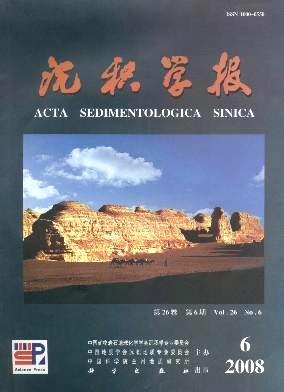The Evidence for Seismism in Cretaceous of South Beir Sag, Mongolia
- Received Date: 1900-01-01
- Rev Recd Date: 1900-01-01
- Publish Date: 2008-12-10
-
Key words:
- seismism /
- seismite /
- deformation structure /
- vertical seismite sequence
Abstract: Based on studies of regional tectonic background and the observation of drilling cores, the seismite is recognized which mainly occurred in Cretaceous in South Beir sag, Mongolia. Many kinds of soft sedimentary deformation structures have been found in seismite, such as step microfaults, pleated within layers, liquefaction sandstone veins, vibrational liquefaction deformation structure and seismic breccias. It is the first time that seismite has been found in South Beir sag, Mongolia. The complete vertical sequence of seismite developed in Well Ta219, which include bottom unshaken layer, liquefied sandstone vein bed, vibration liquefaction deformation structure bed, intraclastic parabreccia bed, laddershaped faulted and vibration split bed, seismic turbidite bed and top unshaken layer. It is rare among the reported examples about such complete sequence of seismite in one Well's core, so it is a good example and offers power evidences to study seismism.
| Citation: | WANG Huaai. The Evidence for Seismism in Cretaceous of South Beir Sag, Mongolia[J]. Acta Sedimentologica Sinica, 2008, 26(6): 975-981. |






 DownLoad:
DownLoad: